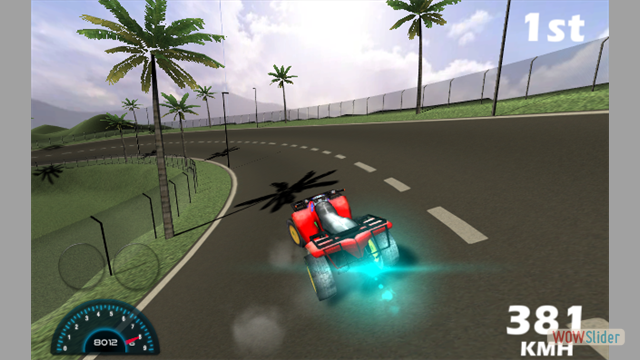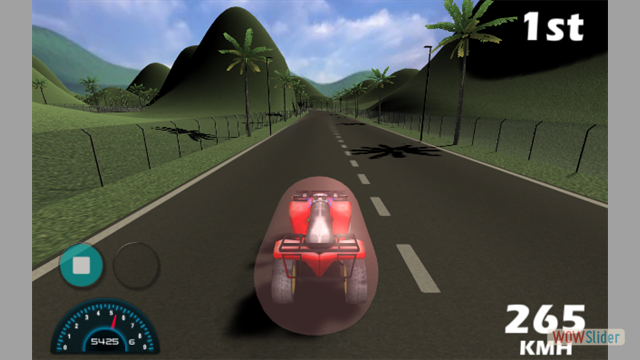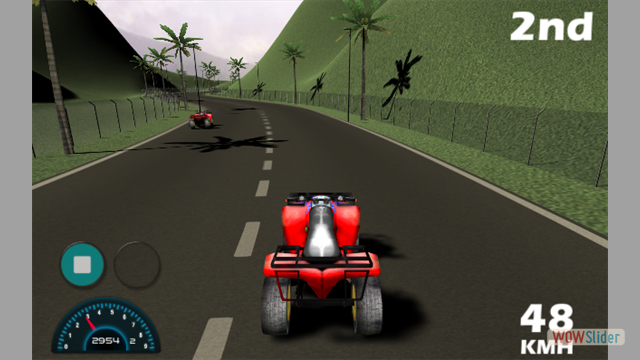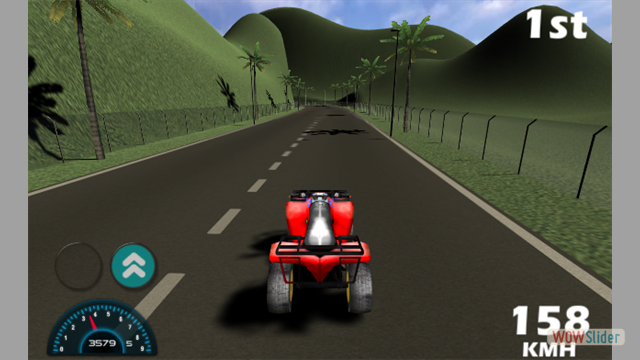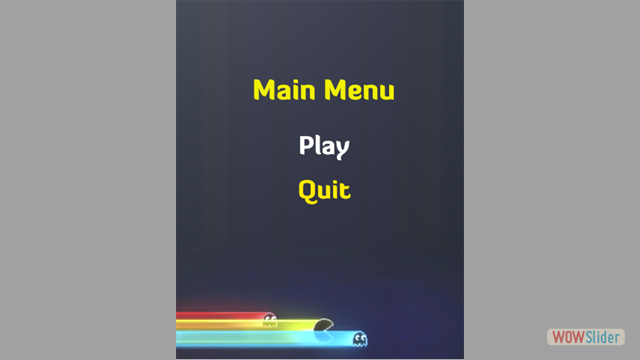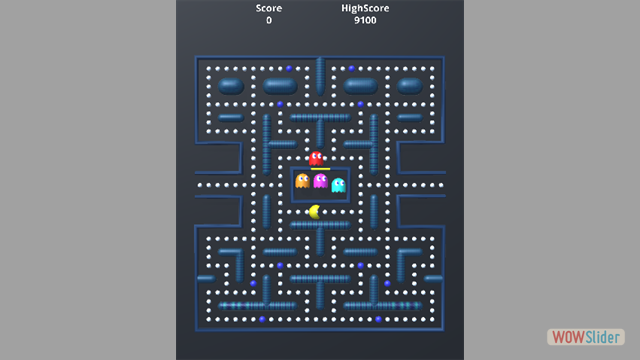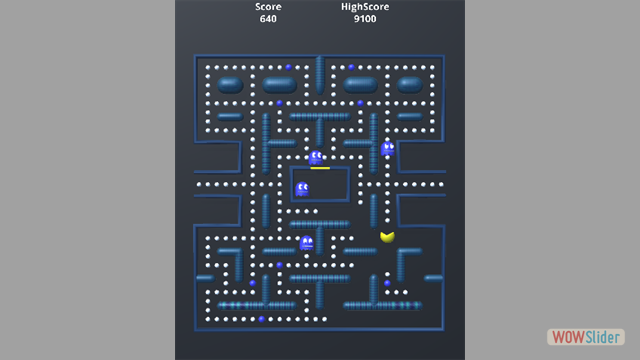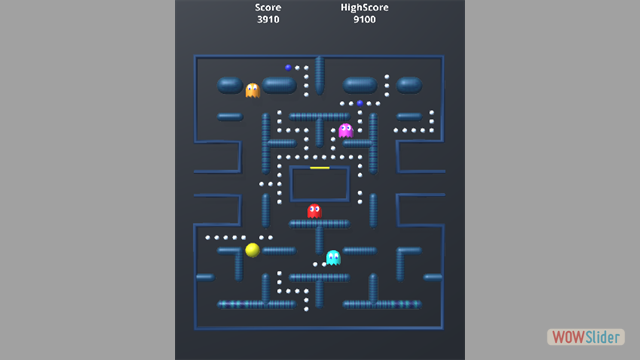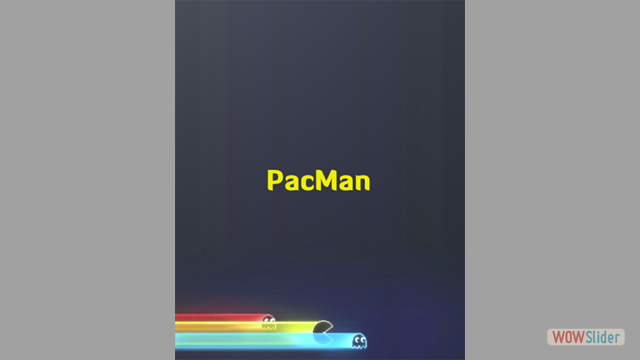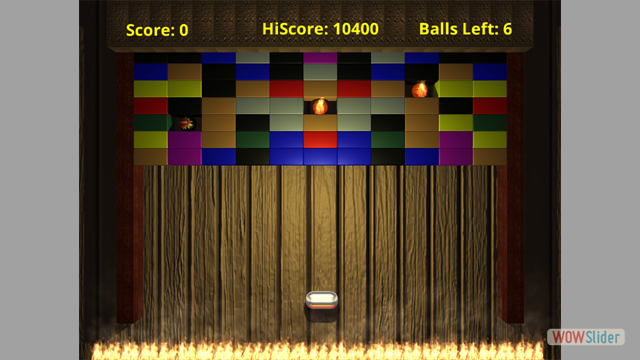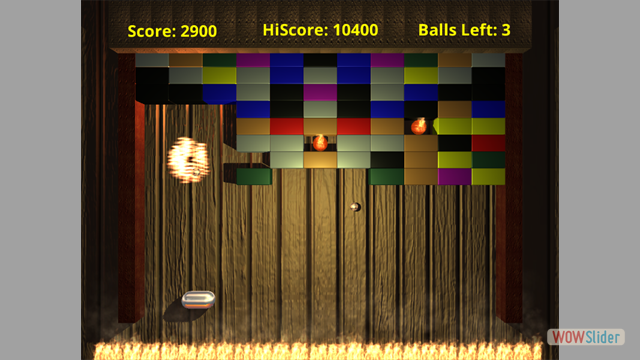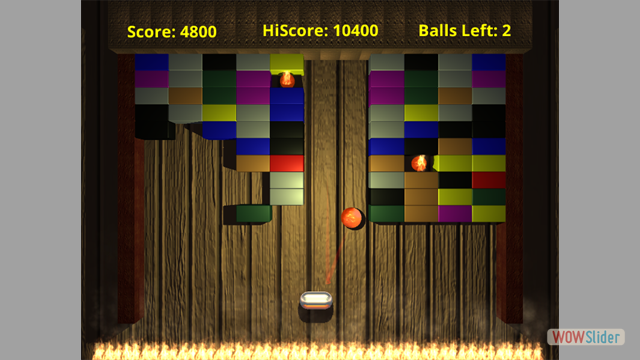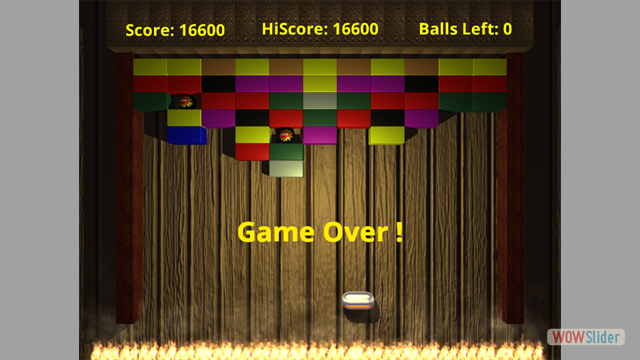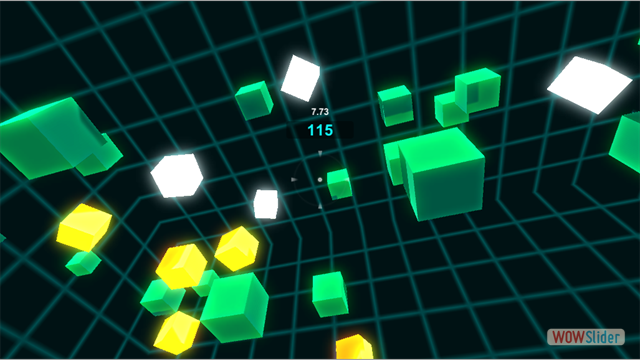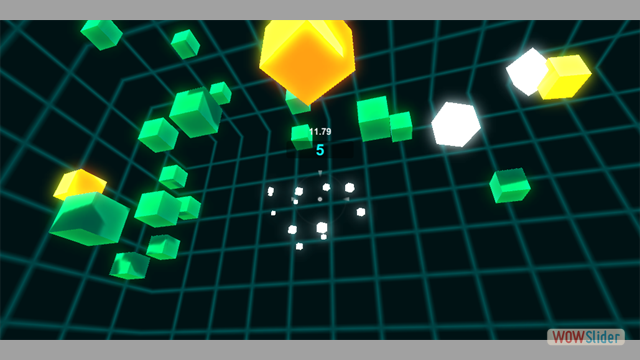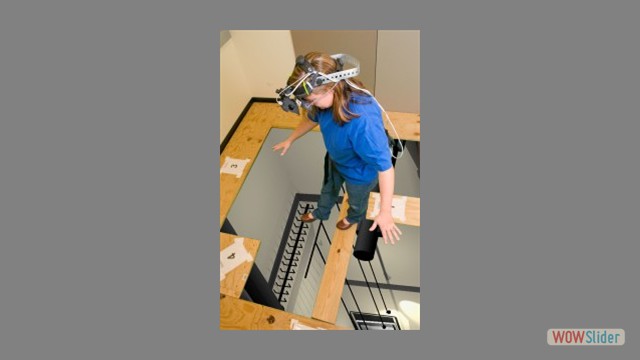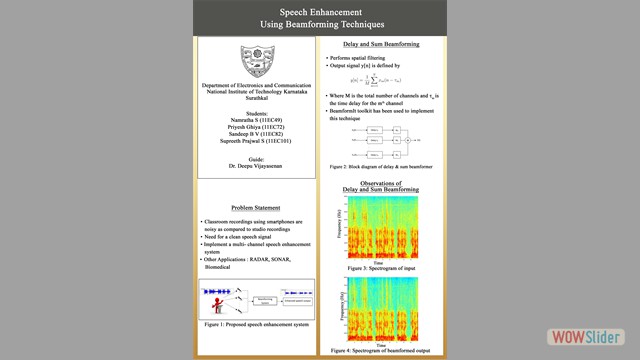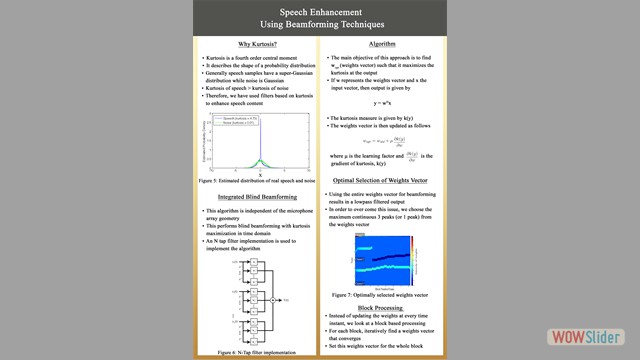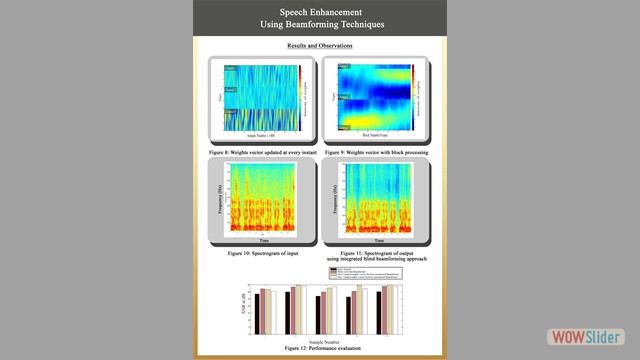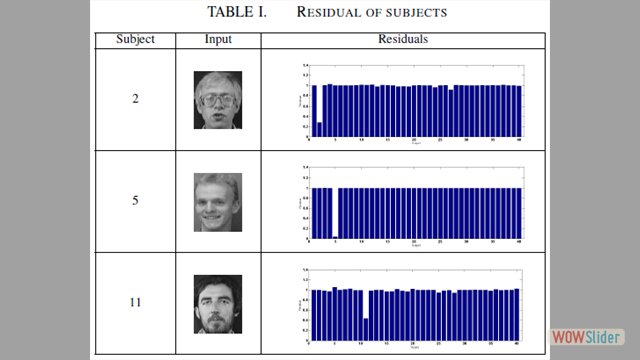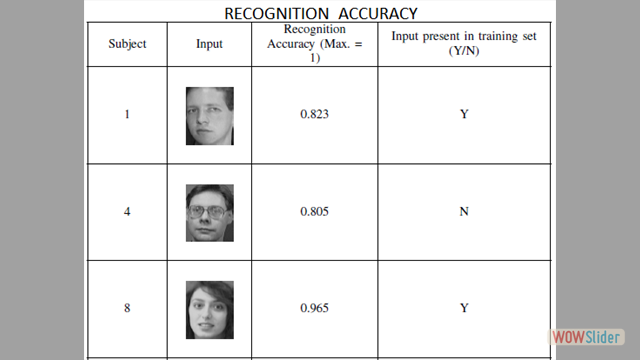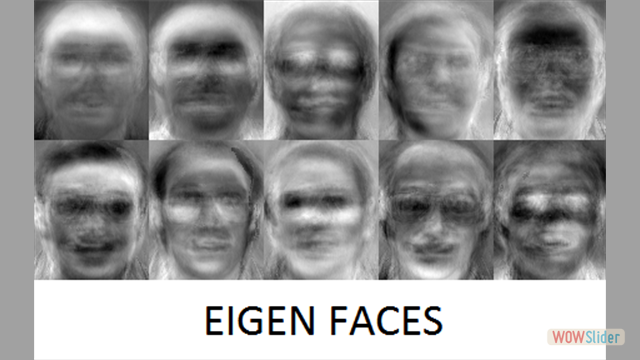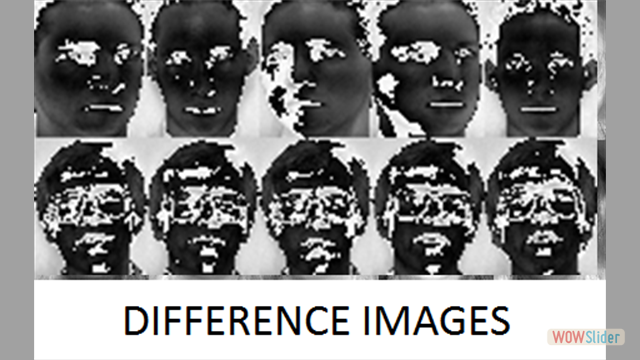Undergraduate Thesis
Speech Enhancement Using Beamforming Techniques
Skills & Software : Matlab
This project was a part of my undergraduate thesis at National Institute of Technology, Surathkal,
under the guidance of Dr. Deepu Vijayasenan.
The general idea of the project was to propose a new algorithm for high-quality speech capture. The
proposed speech enhancement algorithm uses a multi-channel beamforming technique.
An advantage of employing beamforming is that the algorithm takes into account the
spatial information coming from a target speaker to a microphone array so as to enhance
speech. The algorithm eliminates the restriction on the geometry of the microphone
arrays.
BeamformIt was used for implementing the beamforming technique. And implemented a de-reverberation
system via maximising the kurtosis. Additionally, a
few extra modifications have been made on beamformIt which has further improved the
output SNR values of the complete system.
Further, a calibrated constrained sub-band beamforming algorithm was implemented
where in the filter weights are based on the Wiener solution. This algorithm
is dependent on the microphone array geometry and works only in the case when the
signal source remains stationary. In order to remove the dependency on the microphone
array geometry, a kurtosis based blind beamforming algorithm is implemented. Various
experiments have been performed to evaluate each of the above algorithms and the results
have been tabulated in the report.
It was found that a frequency domain implementation of beamforming resulted in
introduction of artefacts to the output, thus we have implemented an algorithm that
performs beamforming in time domain. The algorithm performs a blind beamforming
with the constraint of maximizing the energy/kurtosis. It was observed that the SNRs
of the output from the above algorithms improved by around 3dB in comparison to the
delay and sum beamformed outputs.
View Complete Report
X
Speech Enhancement Using Beamforming Techniques
The report will open in new tab. Press OK to continue.
OK
